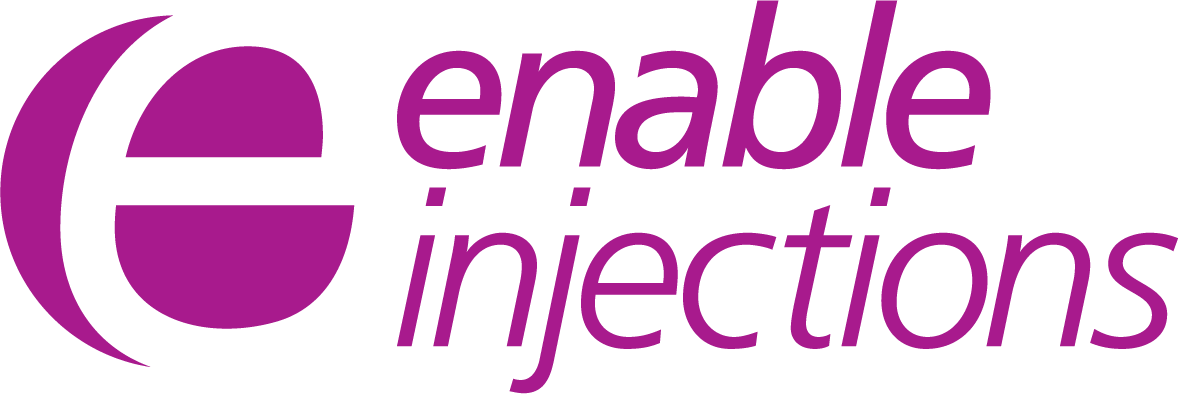
Reducing the Treatment Burden on Nurses
New Technology Allows Hands-free Drug Delivery
In September 2021, the American Nurses Association (ANA) published an article calling the “unsustainable nurse staffing shortage” in the United States a crisis.1 The current nursing shortage is a long-term problem amplified by the COVID pandemic and a continuing rise in healthcare demand–not a situation the ANA proposes will be easily solved. But there are steps that can alleviate the treatment burden on nurses, which could help.
Biopharma Companies Can Help
Many IV therapeutics have the potential to be delivered subcutaneously, a more task-efficient route of administration. Subcutaneous (SC) administration has the potential to simplify and improve active healthcare provider (HCP) efficiencies.2
Current methods of SC delivery frequently still involve nurse-intensive time by requiring large syringes, needles, and chemical modifiers for a large-volume injection.3 However, rigorous administration tasks and chemical modifiers are not necessary for successful SC delivery of large volumes.4 With innovative SC technology like the enFuse®, the burden on nurses has the potential to be reduced by allowing hands-free administration.
In a recent study, nurses in an oncology clinic simulated the use of enFuse hands-free delivery technology.5 One nurse in the study stated, “I like enFuse for its overall ease-of-use. I would be able to care for other patients while a patient is receiving their injection with enFuse.”
When asked for words to describe the enFuse delivery system, nurses chose “comfort for the nurse giving the injection”, “easy”, “convenient”, confirming one of Enable’s goals for the enFuse technology — to reduce the treatment burden for nurses.5
The Hands-free Solution That Improves Nursing Efficiencies
“The overall time required to administer the infusion [via SOC] is seen as a pain point because the healthcare professional must be completely dedicated to the task – using both hands – for the duration.”5 Unlike other current SC delivery solutions, once approved, the enFuse will allow delivery of up to 50 mL hands-free. For biopharma companies, one additional benefit is the ability to formulate the medication without the need for chemical modifiers like hyaluronidase.
With hands-free administration, clinics have the potential for increased efficiencies and ease of administration, benefitting nurses, clinics, and patients.
The current nursing crisis may have a silver lining – it could be an opportunity to allow biopharma companies to be the hero.
Learn More:
Register for our upcoming webinar here to join the revolution in drug delivery convenience or contact us to learn more about the enFuse.

References:
- ‘ANA Urges US Department of Health and Human Services to Declare Nurse Staffing Shortage a National Crisis.’ ANA, 1 September 2021, link.
- De Cock, Erwin, et al. ‘Time Savings with Rituximab Subcutaneous Injection versus Rituximab Intravenous Infusion: A Time and Motion Study in Eight Countries.’ PLoS ONE, 30 June 2016, link.
- Genentech, Inc. (2017). Rituxan Hycela: Highlights of Prescribing Information link.
- Johnson, Melissa L, et al. ‘Assessment of Subcutaneous vs Intravenous Administration of Anti-PD-1 Antibody PF-06801591 in Patients with Advanced Solid Tumors: A Phase 1 Dose-Escalation Trial.’ JAMA Oncology, American Medical Association, 1 July 2019, link.
- Oncology Injection Time and Motion Study. Contact Enable Injections for results.
